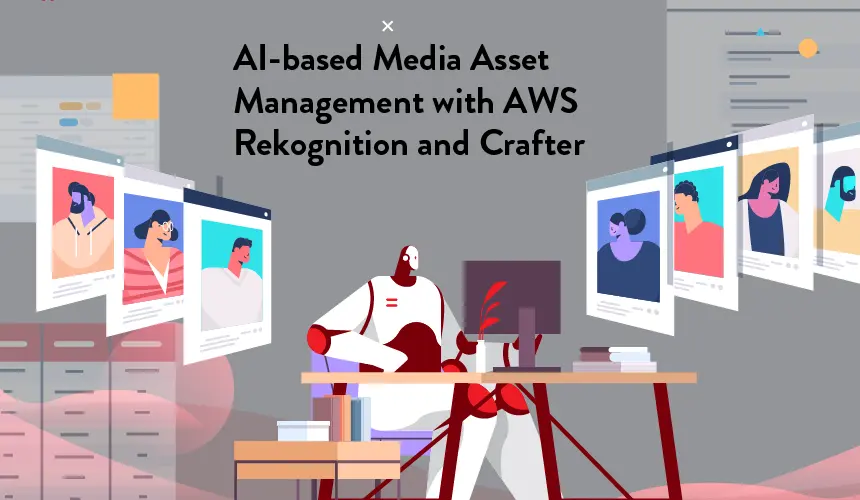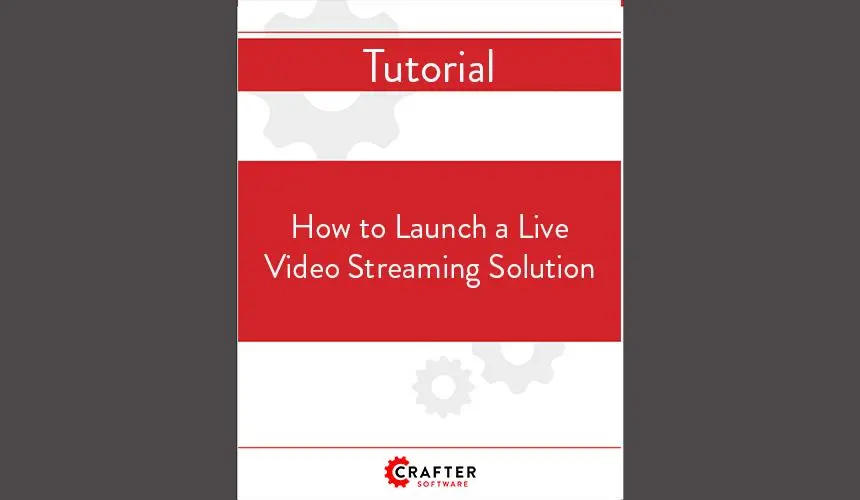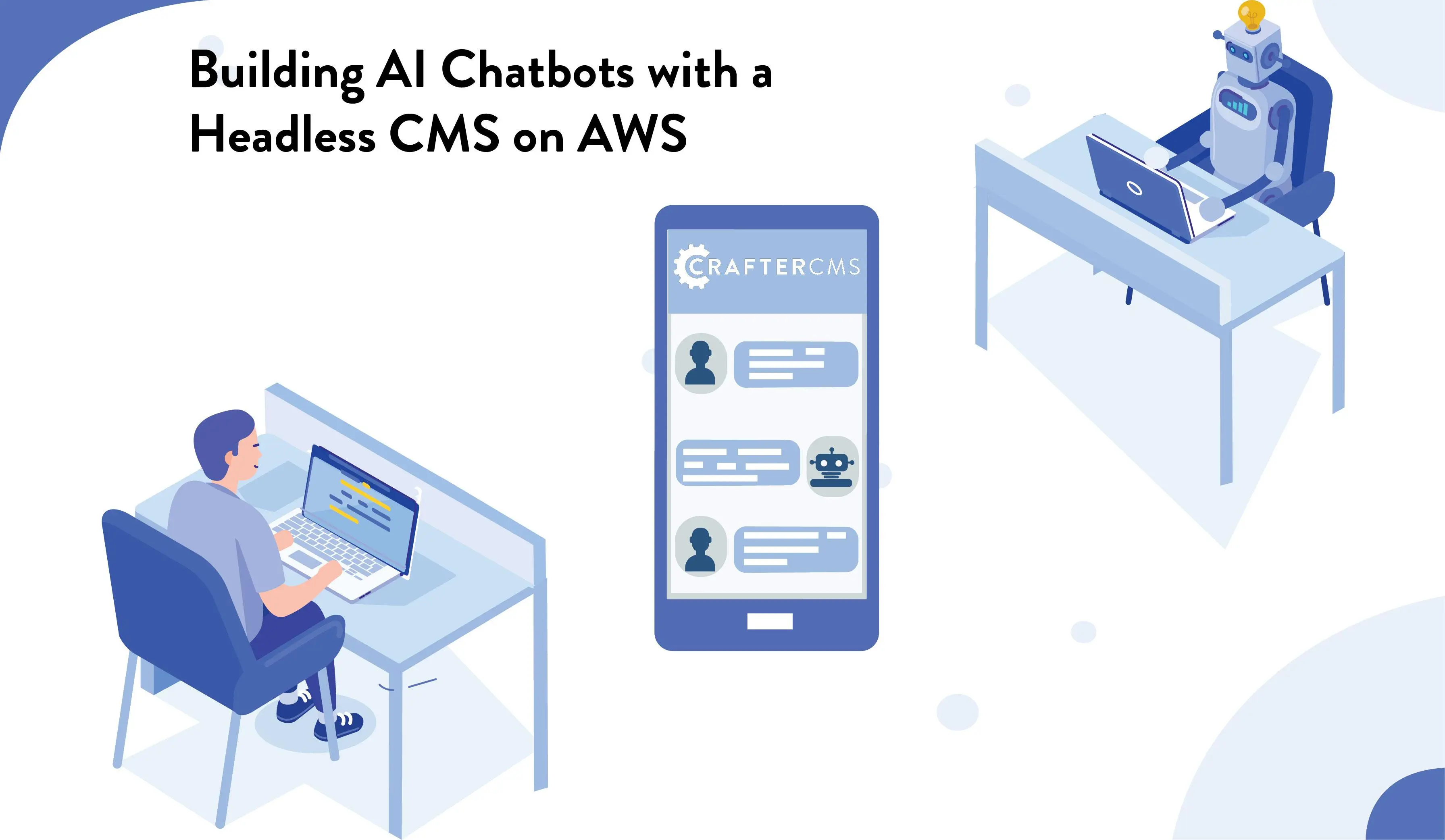Trends in Streaming Media

Sara Williams

Streaming media is growing at a rapid pace as companies use live video to better engage with their customers and employees. By 2022, it's predicted that 82% of internet traffic will be video, and consumer video on demand (VOD) will nearly double. The COVID 19 pandemic will only accelerate this trend as more employees work from home, and air travel decreases.
The days of legacy video streaming solutions, therefore, are over. Legacy video streaming is clunky and isn't tailored to the 4k video era, where latency is crucial. Legacy solutions also don't offer on-demand, customized video viewing experiences. With today's customer demands for highly personalized digital experiences, modern media streaming technologies are critical.
That's why companies are dropping legacy video management systems and focusing on modern OTT video platforms and content management systems (CMSs) that are cloud-native, highly scalable, and capable of delivering personalized experiences. Beyond that, they’re looking for streaming software that’s serverless, highly elastic, and easily deployable to edge servers to provide greater low-latency end-user experiences. Integrating the two have brought tremendous advantages to companies like Marriott, which we’ll see later.
With this in mind, here are four major trends we're seeing when it comes to streaming media.
Video Processing in the Cloud
While on-premise media streaming offers more control over your workflow, this is difficult to manage if you don't have a specialized IT team in place. The good news is that high-performance, cost effective video processing in the cloud is starting to become widely available. Companies that migrate their streaming infrastructure to the cloud see a wide range of benefits ranging from lower upfront costs to fewer management requirements and more optimized end-user experiences.
For companies that are looking to live stream media, an on-premise solution requires large upfront costs. Streaming events will likely need additional infrastructure to handle increased demand, but this is costly and difficult to estimate exact requirements. Cloud providers make it easier to get started, guarantee uptime, and have pay-as-you-go models - all of which make live streaming easier to deploy and manage.
Most cloud providers also have specialized services to optimize live streaming and broadcasting. Services like AWS Elemental MediaLive automatically optimize streaming using adaptive bitrate (ABR) techniques and have advanced broadcasting capabilities. This means end-users can get the best viewing experience possible regardless of their device or bandwidth.
Serverless Video Streaming
Video streaming is highly event-based with typically use-cases being conferences, award ceremonies, webinars, and other live events. This type of service, therefore, frequently has traffic spikes beyond what companies see during the course of everyday business that are extremely difficult to accurately predict. If the company’s cloud infrastructure doesn't scale to meet the demand, there could be downtime and missed revenue. If the infrastructure doesn't scale back down automatically, however, companies will waste resources. Both scenarios affect the ROI of live streaming for businesses.
Video Services At The Edge
While moving streaming services to the cloud has massive benefits, a problem many companies are facing is bandwidth limitations in certain geographical locations. That's why many companies that need quality video streaming in low bandwidth situations are looking towards edge computing. Edge computing means moving streaming services to small servers closer to end-users. By scaling at the edge, companies avoid bandwidth bottlenecks and reduce the latency for high-quality video streaming.
Snowball Edge is increasingly being used as an edge server because it has built-in processing power to run software and services. This means companies can dynamically serve video content on-location, making media streaming possible in low-bandwidth scenarios.
For more information about using Snowball Edge for low-latency video streaming, check out AWS Snowball Edge: Low-Latency and Remote Content Delivery.
Personalized Viewing Experiences
There's been a growing trend for highly personalized digital experiences - not just with media streaming - but across all customer touchpoints. When it comes to video, customers now demand accessible, high-quality, and relevant content to watch whenever and wherever they want. Traditional video services can’t adapt to these demands quick enough, and legacy video content management platforms do not address the end user experience very well.That's why companies are looking towards new types of Video CMS solutions for building, managing, and delivering personalized video streaming experiences.
Modern, headless and cloud-native video CMS solutions allow companies to engage with customers like never before. With a headless video CMS, companies can customize video streaming for better branding and personalize the user experience using interactive social features, AI-driven translations, and multi-screen delivery. Integrating video with a robust CMS dramatically changes the way companies interact with employees and customers for the better.
Crafter Video CMS Fits All These Media Streaming Trends
Crafter Video CMS offers a "Youtube-like" interface for both live streaming and video-on-demand (VOD) applications. Even better, it’s highly customizable and extensible, allowing enterprises to easily deliver branded, personalized video experiences to different end-users. The serverless architecture is highly elastic and built to integrate with AWS Elemental Media Services. The user's device is detected, and the streaming codec is automatically adjusted in real-time for optimal video viewing. These features enable superior video media streaming experiences for end-users. For low-bandwidth situations, Crafter Video CMS runs on AWS Snowball Edge to enable superior video streaming service for remote employees or customers.
Further reading: Learn how Marriott realized the need for a modern, enterprise-grade video streaming solution built on Crafter Video CMS that could deliver live streams to all their locations throughout the globe.
The commonality among these four media streaming trends is the fact that modern technology is required to deliver better digital experiences. The customer demand for these experiences will only continue to grow, so it's critical to futureproof your tech stack for today's rapidly changing digital landscape.
For more information, see our webinar: Introducing Crafter's Video Platform on AWS Media Services.
Related Posts

The Next Wave of OTT Video: AI-Powered Personalization and Content Discovery

Sara Williams

Cloud-Native Digital Experiences at Momentum Financial

Sara Williams

Dynamic Content Delivery at Scale with a Decoupled CMS

Amanda Lee

Building Personalized Digital Experiences for a Cruise Liner

Sara Williams
Related Resources
-

Modernizing Video Delivery and Content Management at CPAC, A Canadian Nationwide Broadcaster
Webcast
-

AI-based Media Asset Management with AWS Rekognition and CrafterCMS
Webcast
-

Building OTT Video Experiences with Headless CMS on AWS
White Paper
-

How to Launch a Live Video Streaming Solution
Tutorial
-

Building AI Chatbots with a Headless CMS on AWS
Webcast





